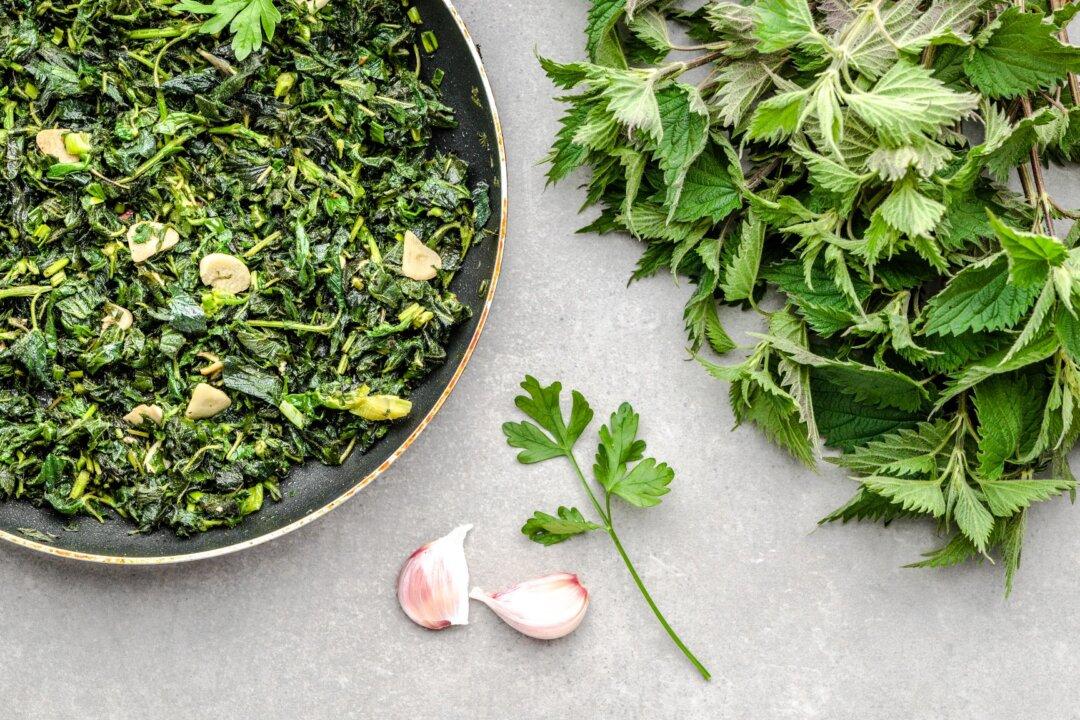Many of us look forward to Spring. The weather warms up. We start spending more time outdoors. Plants are growing, and flowers are blooming everywhere. When spring is in the air, so is pollen. For those of us with seasonal allergies, spring is not as lovely. Fortunately, nature has a way with timing and can really help us out if we pay attention.
In the spring, just as all those flowers, grasses and trees are blooming and releasing clouds of pollen, stinging nettles (Urtica dioica) are popping up in full force, ready to come to the rescue. Not only are they an amazing superfood and an all around useful medicinal plant, nettles work wonders for reducing inflammation.





